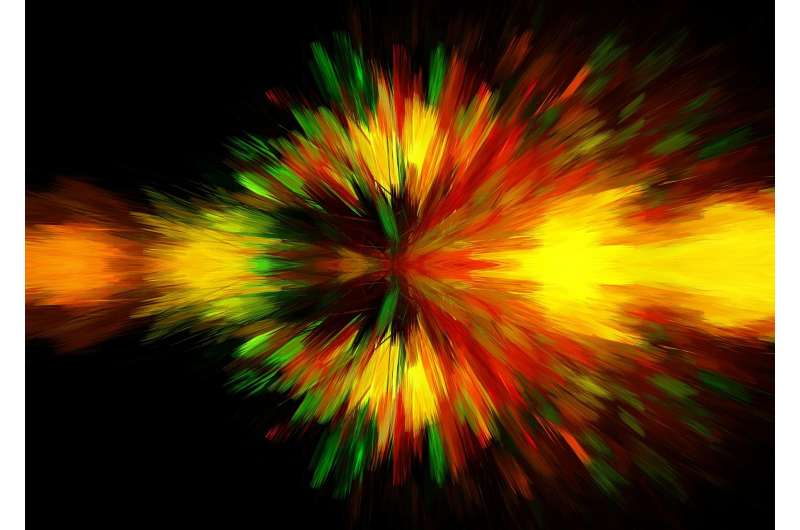New breakthrough discovery—every quantum particle travels backwards

Mathematicians at the Universities of York, Munich and Cardiff have identified a unique property of quantum mechanical particles – they can move in the opposite way to the direction in which they are being pushed.
In everyday life, objects travel in the same direction as their momentum – a car in forward motion is going forwards, and certainly not backwards.
However, this is no longer true on microscopic scales - quantum particles can partially go into reverse and travel in the direction opposite to their momentum. This unique property is known as 'backflow'.
New discovery
This is the first time this has been found in a particle where external forces are acting on it. Previously, scientists were only aware of this movement in "free" quantum particles, where no force is acting on them.
Using a combination of analytical and numerical methods, researchers also obtained precise estimates about the strength of this phenomenon. Such results demonstrate that backflow is always there but is a rather small effect, which may explain why it has not been measured yet.
This discovery paves the way for further research into quantum mechanics, and could be applied to future experiments in quantum technology fields such as computer encryption.
Unique to quantum particles
Dr Henning Bostelmann, Researcher in York's Department of Mathematics, said: "This new theoretical analysis into quantum mechanical particles shows that this 'backflow' effect is ubiquitous in quantum physics.
"We have shown that backflow can always occur, even if a force is acting on the quantum particle while it travels. The backflow effect is the result of wave-particle duality and the probabilistic nature of quantum mechanics, and it is already well understood in an idealised case of force-free motion."
Dr Gandalf Lechner, Researcher in Cardiff's University's School of Mathematics, said: "Forces can of course make a particle go backwards - that is, they can reflect it, and this naturally leads to increased backflow. But we could show that even in a completely reflection-free medium, backflow occurs. In the presence of reflection, on the other hand, we found that backflow remains a small effect, and estimated its magnitude."
External forces
Dr Daniela Cadamuro, Researcher at the Technical University of Munich, said: "The backflow effect in quantum mechanics has been known for quite a while, but it has always been discussed in regards to 'free' quantum particles, i.e., no external forces are acting on the particle.
"As 'free' quantum particles are an idealised, perhaps unrealistic situation, we have shown that backflow still occurs when external forces are present. This means that external forces don't destroy the backflow effect, which is an exciting new discovery."
"These new findings allow us to find out the optimal configuration of a quantum particle that exhibits the maximal amount of backflow, which is important for future experimental verification."
More information: Henning Bostelmann et al. Quantum backflow and scattering, Physical Review A (2017). DOI: 10.1103/PhysRevA.96.012112
Journal information: Physical Review A
Provided by University of York




















